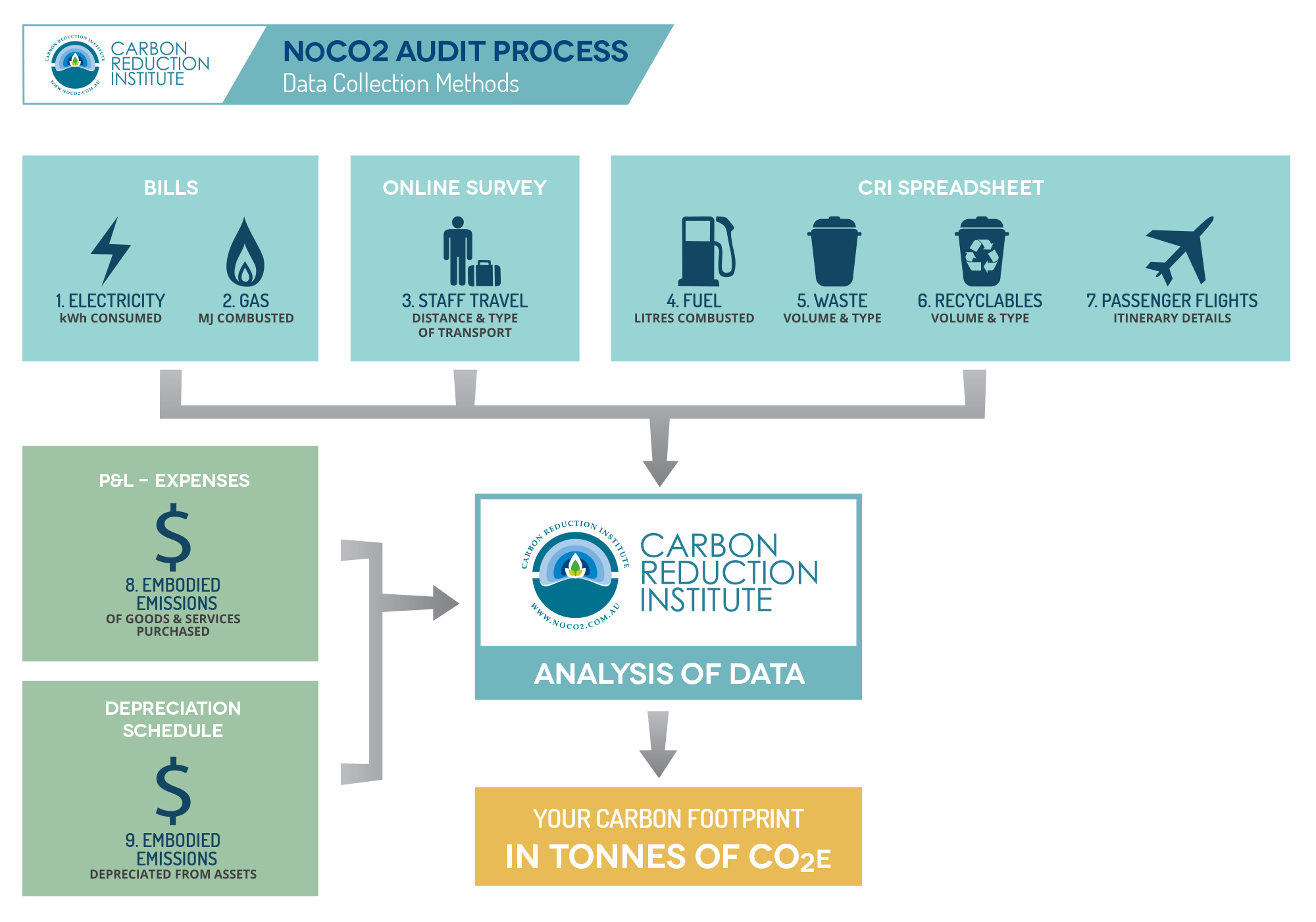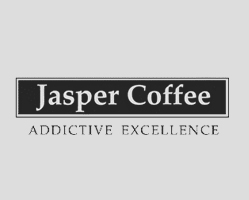
The NoCO2 Certification Standard
The NoCO2 certification standard is for organisations that want to become carbon neutral.
NoCO2 Certification
The Carbon Reduction Institute’s NoCO2 Certification is Australia’s most recognised environmental accreditation for businesses, and an invaluable marketing tool for a host of companies, from SMEs to multi-nationals.
As for all certifications under the NoCO2 Program it’s a comprehensive, ISO-approved global solution, renowned for its high standard of carbon accounting, that not only helps the environment but will also translate to a healthier bottom line for your brand.
Why certify as carbon neutral?
Political stalling over climate control in Australia has resulted in continued growth in emissions output, without any effective strategy in place to deal with the growing problem.
For now, taking action to curb greenhouse gas emissions is left up to us – individuals and businesses who see beyond the politics and understand there is a good business case for becoming carbon neutral.
With a brand’s ‘green credentials’ a major factor when it comes to consumers’ purchasing decisions, your company’s environmental image will greatly influence how it is perceived in the marketplace.
There are also now substantial cost savings to be made by companies who take steps to curb their greenhouse gas emissions in areas such as electricity, gas and transport.
How exactly is the certification process done?
In order for any business to manage the impact of its greenhouse gas emissions, they first must be measured.
The Carbon Reduction Institute does this by conducting a comprehensive emissions’ audit adapted from the Greenhouse Gas Accounting Protocol of the World Business Council for Sustainable Development.
The protocol defines boundaries and types of emissions to ensure that emissions do not become double counted.
By dividing them up into the three categories (or scopes), as depicted in the graph below*, it allows a business to highlight where its greenhouse gas emissions are highest, and in turn find opportunities to make reductions.
The all-inclusive auditing process also includes a life cycle assessment, a ‘cradle to grave’ calculation of the greenhouse gas impact of a product or service. Read more about NoCO2 Business Certification to learn how this works..
Finally, CRI makes a commitment to work closely with each certified company to ensure it complies with quarterly and/or yearling reporting verification requirements.
Where does your carbon offset money go, who does it help?
There are many different types of climate change mitigation projects which can achieve carbon savings and become registered carbon offsets.
The most common off-set projects involve:
- Renewable energy (including wind, solar, geothermal, landfill gas capture, biomass and hydro generation)
- Energy efficiency (lighting, cook-stoves)
- Forestry/revegetation (bio-sequestration)
CRI prefers to invest in renewable energy and energy efficiency projects all over the world in preference to the traditional forestry/revegetation options. Carbon sinks, such as tree stocks, present risk whereby the emissions can be reversed back into the atmosphere.
CRI currently purchases wind, biomass, hydro generation and cook-stove carbon offsets in China, India, Kenya and Cambodia. Learn more about each of these carbon offset projects.
Once the project has gained verification from one of the main standards, all offsets must be electronically serialised and make their way onto one of the main registries. These are typically, the ‘Markit’ Registry and the ‘Gold Standard’ Registry.
From this point the offsets can be traded and sold between parties. The offsets, once sold and used towards a marketing claim must be retired from the market.

Who is already carbon neutral

Sustainability has always shaped how Australian-owned company Jasper Coffee operates – from Certifications for Organic and Fairtrade, along with its search for Shade Grown coffees, the cleaning products it uses, the cars that its staff drive, the compostable packaging, and the economic and social benefits directed to producers.
But achieving 100 per cent carbon neutral status via CRI tops off its market-leading standard for a successful sustainable business.
“Sustainability has always been foundational to the way we choose to go about our business,” directors Merilyn Parker and Wells Trenfield proudly proclaim on their website.
“We consciously choose our coffees, with respect to how the product is grown and harvested… preferably under Organic and Shade Grown conditions, within an economically sustainable environment. Fundamental to this, we are always concerned for the economic and social well-being and living standards of the people who produce our coffees.”
CERTIFY YOUR BUSINESS AS CARBON NEUTRAL
The Certification Process
How to certify your business
CALCULATE
We complete a carbon audit of your business to calculate its carbon footprint. Once your business is certified, audits are completed annually.
REDUCE
Your audit will highlight options for emissions reductions. Our simple to use, online reporting tools will help you track the reductions you have achieved.
OFFSET
Offsetting CO2 emissions is done by purchasing high quality carbon credits which are generated as a result of energy efficiency projects conducted around the world.
